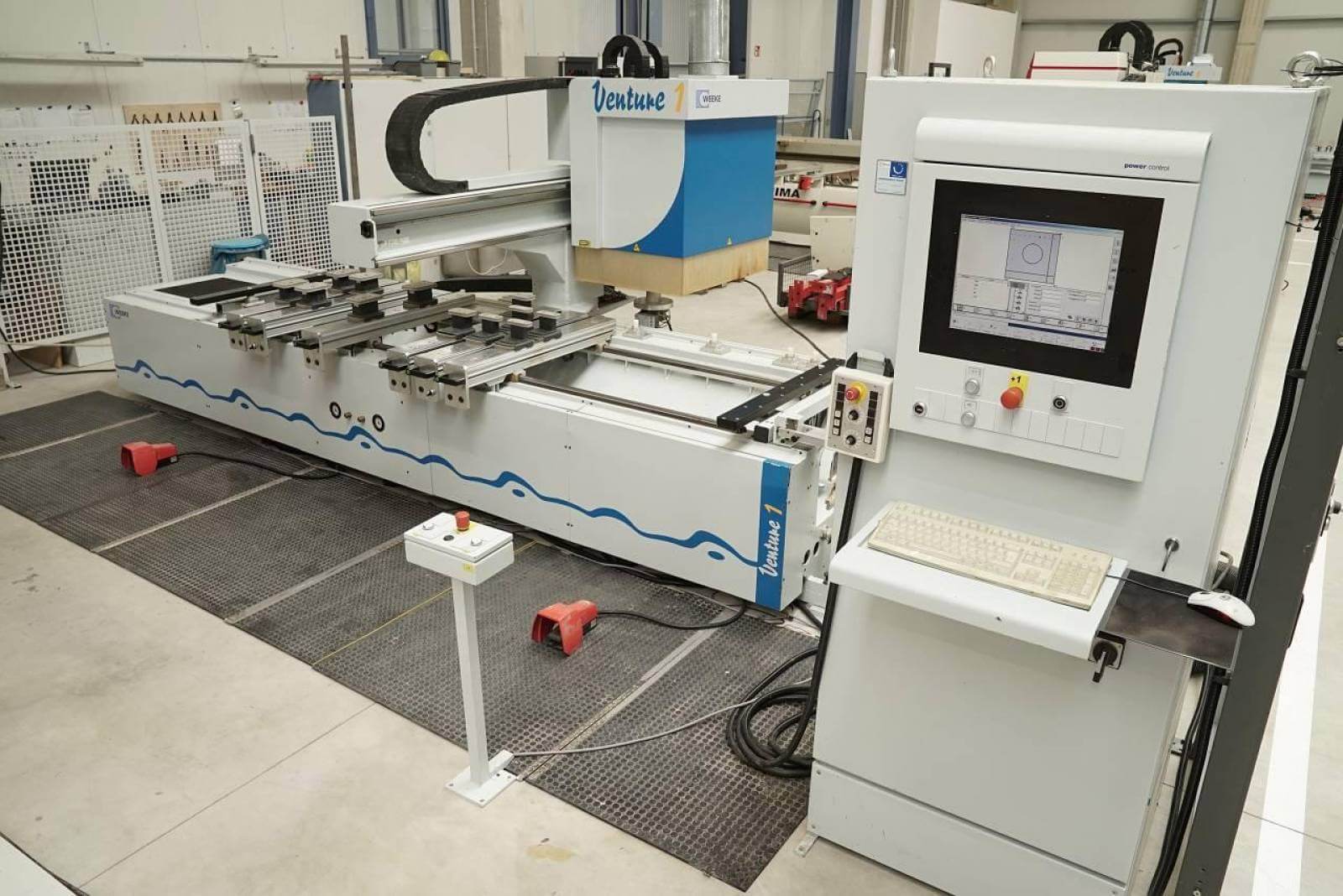ASTM D642 Test
ASTM D642 Standard Test Method for Determining the Pressure Resistance of Shipping Containers, Components and Unit Loads
Scope of ASTM D642 shipping test is compression resistance. The purpose of the test is to determine the ability of the container to withstand external compression loads. These compression loads are applied to container surfaces, cross-opposite edges or corners. The test itself can be on the shipping container, components, or both. During the ASTM-D-642 package test, the test unit can be tested with or without the contents.

ASTM D642 The results of the test can be used to determine one of two targets. First, how well the shipping container meets the requirements of the standard. Second, how well a container performs compared to the test results of another container.
The ability to withstand compression is an important feature of packages. During transportation, it is common for packages and containers to be stacked vertically. The weight of stacked units can reduce the ability of a container to effectively protect its contents.
It is recommended that the ASTM D642 test laboratory test five retests. This helps ensure the accuracy of the data to improve statistical reliability. Conditioning can be used depending on the content, container and shipping method. Conditioning can be before testing, during testing, and even both. Conditioning can include temperature, humidity, altitude, or a combination of three or both.
The ASTM D642 test standard contains the following specific information about the test report and its required contents:
Some information is requested to show that the tests have been carried out in accordance with this test method, except as noted.
Container Structural and Physical Properties:
- Internal dimensions must be specified for all corrugated and solid chipboard containers.
- Description of the contents of the container (products) and the gross weight of the filled container as tested.
- Description and properties of materials, style of the container, access holes and double scores.
- Description and technical characteristics of the inner packaging, if used.
- Gap, size and type of fasteners and closing method.
- The amount of print and its location on the container. Record the caliper of printed and flat surfaces.
Detailed Results for Each Test Sample:
- Damage to the container and contents before and after testing.
- All observations that can help interpret the results correctly or improve the design of the container (for example, photographic evidence of container damage).
- The reason for nature and failure.
- All tests performed on the test sample before the compression test.
- Individual maximum load and deformation results table.
- Graph or table showing the load-deformation relationship for each test.
- Number of samples tested.
- Average and standard deviation calculations of all tested samples.
- Test Devices Including Manufacturer Names and Model Numbers and
- Determination of Tools Used.
- Type of test machine used, for example fixed or rotatable roller.
- Include details of known changes.
- The direction in which the sample was tested, such as the roller speed and preload applied to the test sample, if any.
- The device's last calibration date and recording devices.
- Method of conditioning the container, if any.
- If the moisture content of wood, plywood or chipboard is determined.
- Description of the test setup used, such as pallets, fixtures or simulation devices.
- Results of any complementary testing of the materials from which the container is made.


